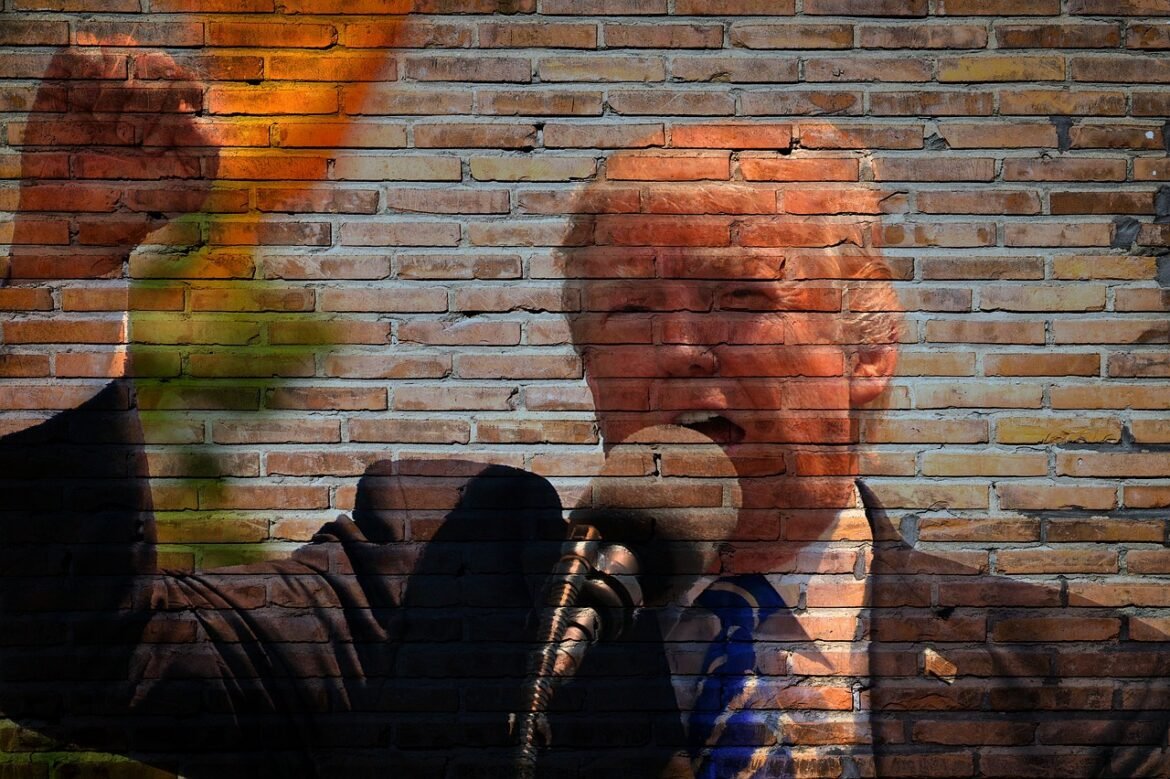Donald Trump’s Plans Regarding Additional Customs for Goods from Europe
Introduction
The global trade landscape has always been influenced by the policies and decisions of key economic players. Among these, the United States holds a prominent position due to its vast economic influence. One of the most controversial figures in recent U.S. political history, Donald Trump, has been known for his aggressive trade policies, particularly during his tenure as the 45th President of the United States. His administration’s approach to tariffs and customs duties reshaped the dynamics of international trade, especially with key partners like Europe.
As Trump hints at a return to the political stage, his plans regarding additional customs duties on goods from Europe have reignited debates among economists, policymakers, and business leaders. This article delves into Trump’s proposed customs strategies, the potential economic implications, and the broader impact on transatlantic trade relations. We will conclude with a comprehensive list of the 50 most exported goods from the U.S. to Europe, as well as the 50 biggest U.S.-owned brands that could be affected by such policies.
Trump’s Trade Policy Legacy
During his presidency from 2017 to 2021, Trump adopted a protectionist trade policy under the banner of “America First.” This approach emphasized reducing trade deficits, bringing manufacturing jobs back to the U.S., and renegotiating trade agreements to favor American interests. His administration imposed tariffs on a range of imports, sparking trade tensions not only with China but also with traditional allies in Europe.
Trump’s tariffs on European goods were primarily justified as measures to protect American industries from what he perceived as unfair trade practices. These included tariffs on steel and aluminum, citing national security concerns, and retaliatory tariffs in response to European subsidies to Airbus, which the U.S. argued disadvantaged Boeing.
The New Wave of Customs Duties
In his recent statements, Trump has suggested that he would consider implementing additional customs duties on European goods if he were to return to office. His rationale revolves around the same themes of economic nationalism and rectifying trade imbalances. Key components of his proposed strategy include:
- Broadening the Scope of Tariffs: Trump has indicated that future tariffs might cover a wider array of goods, including luxury items, automobiles, agricultural products, and industrial machinery.
- Targeting Specific Countries: Rather than a blanket approach, Trump may focus on countries with significant trade surpluses with the U.S., such as Germany, France, and Italy.
- Leveraging Tariffs for Political Gains: Trump’s history suggests that tariffs could be used as bargaining chips in broader geopolitical negotiations, influencing issues like defense spending within NATO and regulatory harmonization.
Economic Implications
The imposition of additional customs duties on European goods could have multifaceted economic consequences:
- Impact on Consumers: Higher tariffs typically lead to increased prices for imported goods, affecting American consumers. Luxury goods, automobiles, and certain food products could become more expensive.
- Retaliatory Measures: The European Union has historically responded to U.S. tariffs with counter-tariffs, targeting politically sensitive American exports, which could escalate into a trade war.
- Supply Chain Disruptions: Many industries rely on transatlantic supply chains. Increased customs duties could disrupt manufacturing processes, particularly in sectors like automotive, aerospace, and pharmaceuticals.
- Economic Growth: While intended to boost domestic industries, tariffs can slow economic growth by increasing costs and reducing international trade volumes.
Political and Diplomatic Repercussions
Beyond economic effects, Trump’s tariff plans could strain diplomatic relations with European allies. Trade disputes often spill over into other areas of cooperation, including defense, climate policy, and technology regulation. The potential for a fragmented transatlantic alliance could have long-term strategic implications.
The European Response
European leaders have already begun strategizing potential responses to renewed U.S. tariffs. Possible actions include:
- Diversifying Trade Partners: Strengthening trade relations with other global economies to reduce dependency on the U.S.
- Legal Challenges: Utilizing the World Trade Organization (WTO) to contest tariffs deemed unfair or unjustified.
- Promoting Domestic Industries: Increasing subsidies and support for European industries most affected by U.S. tariffs.
Conclusion
Donald Trump’s plans to impose additional customs duties on European goods signal a potential shift back to protectionist trade policies. While aimed at bolstering American industries, such measures could lead to higher consumer prices, retaliatory tariffs, and strained international relations. As the global economy continues to recover from recent disruptions, the prospect of renewed trade tensions adds another layer of uncertainty.
Top 50 Most Exported Goods from the USA to Europe
- Aircraft and spacecraft
- Pharmaceuticals
- Medical instruments
- Motor vehicles
- Electrical machinery
- Optical and photographic equipment
- Petroleum products
- Industrial machinery
- Plastics
- Organic chemicals
- Iron and steel products
- Precious stones and metals
- Chemical products
- Computers and components
- Agricultural machinery
- Telecommunications equipment
- Measuring instruments
- Aerospace parts
- Fertilizers
- Mineral fuels
- Processed food products
- Beverages (including spirits and wine)
- Tobacco products
- Textiles and apparel
- Rubber products
- Paper and paperboard
- Furniture
- Cosmetics and beauty products
- Tools and hardware
- Sporting goods
- Toys and games
- Dairy products
- Meat products
- Grain and cereals
- Soybeans
- Cotton
- Wood and wood products
- Leather goods
- Paints and coatings
- Ceramics and glassware
- Clocks and watches
- Jewelry
- Footwear
- Cement and construction materials
- Software and IT services
- Audio and video equipment
- Photographic film and supplies
- Chemicals for industrial use
- Energy products (natural gas, coal)
- Livestock and animal products
Some othe Biggest U.S.-Owned Brands That Could Be Affected
Apple
Microsoft
Amazon
Google (Alphabet)
Facebook (Meta)
Tesla
Coca-Cola
PepsiCo
Intel
IBM
Nike
McDonald’s
Walt Disney
Pfizer
Ford
General Motors
3M
Cisco Systems
Dell Technologies
Hewlett Packard (HP)
Chevron
General Electric
Starbucks
Colgate-Palmolive
Kraft Heinz
DuPont
Philip Morris International
Goodyear Tire & Rubber Company
Whirlpool Corporation
Estée Lauder
Levi Strauss & Co.
Understanding the potential impact on these key exports and brands is crucial for businesses and policymakers as they navigate the evolving landscape of U.S.-Europe trade relations.
Netflix’s earnings and subscriber growth top estimates as investors eye potential price hikes



